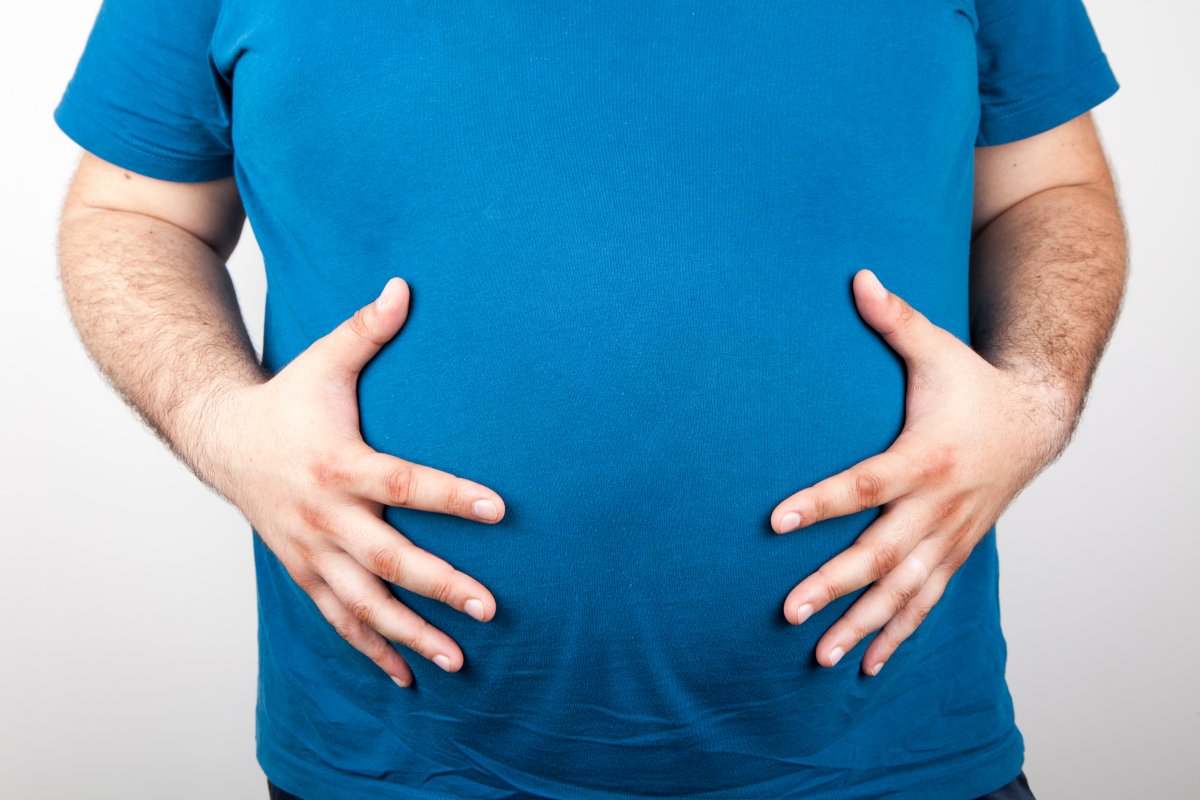Most men and a majority of women in developed countries are overfat, a term a new study says is different from being overweight.

The research, recently published in the Frontiers in Public Health journal, found there were more overfat adults and children in 30 developed countries compared to those who were overweight and obese.
Researches noted the term refers to the presence of excess body fat. “Excess body fat is associated with cardiometabolic dysfunction, a clinical situation that can progressively worsen, potentially leading to various common disease risk factors, chronic diseases, increased morbidity and mortality, and reduced quality of life,” researchers wrote.
While men in the U.S. (90.9 per cent), Iceland (93.6 per cent) and Greece (91.4 per cent) had the highest percentage of overfat, women in those countries didn’t fare much better.
In Canada, the study showed 84.5 per cent of men and 68.5 per cent of women are overfat, as well as 48 per cent of boys and 44 per cent of girls.
READ MORE: The four types of fat in your body and which ones you should be worried about
“It was recently estimated that between 62 and 76 per cent of the world’s population have reached body fat levels that can impair health,” researchers explained. “This condition, which can now be labelled a pandemic, was described by the catch-all term overfat.”
The study looked at the previous research of normal-weight and non-obese individuals to estimate overfat percentages. They note that relying on Body Mass Index (BMI), for example, isn’t the best way to determine excess fat.
How do you measure it?

A WHR can be measured at home or by a doctor, by using a tape measure to check the distance around the smallest part of your waist and the largest part of your hips, Healthline notes. To find the WHR, divide the waist circumference by the hip circumference. Women with 0.86 or higher ratios and men with 1.0 or higher ratios are considered high-risk.
“The WHR is thought to be more predictive of obesity-related health risks than weight or BMI alone,” Pearlman continues.
READ MORE: Report says ‘clean eating’ isn’t always healthy, but here’s how to do it right
Dr. Robert Ross, a professor at Queen’s University in Kingston, Ont., suggests combining the BMI with waist circumference. Not only do these parametres give health professionals and patients a better understanding of potential risks, he says it can also help with treatment.
And as the study also recommends looking at waist circumference, Ross says this is more valuable than defining terms like overfat or underfat.
“They’re making the argument we should use different terms, but I’m not sure I would,” he tells Global News. “I don’t think this is optimal … the point is to measure waist circumference, and that’s a recommendation I applaud the authors for recognizing.”
Dangers of excess fat (and how to get rid of it)
Ross adds elevated waist circumference has been associated with high risks of mortality, diabetes, cardiovascular disease and hypertension. Pearlman adds fatty liver, metabolic syndrome, heart disease and high blood pressure are also associated risks.
And the key to slimming down is simple, Ross adds, focusing on getting at least 30 minutes of physical activity a day, along with eating a well-balanced nutritious diet.
READ MORE: Reality check: Is diet soda adding to your belly fat?
He says although more research has to be done in the area, the amount of time we spend sitting all day can also contribute to large mid-sections. For this, he suggests making sure you stand up or take a walk from time-to-time during the day, especially if you have a desk job.




Comments